Money, Marketing, Merchandising and New Plants
Imagine increasing your store’s sales by 10, 15 even 30 percent. This may sound like too much hocus-pocus, and yet maybe, just maybe, you can. What is required is not magic, rather a simple re-evaluation of the way we handle plants an awareness of the changes that are moving through our industry coupled with a willingness to embrace the consumer’s thirst for new plants.
Before we begin, it will help to understand how much money the average customer is spending in your store, so let’s take a look at the numbers. Over the course of a year your typical customer will spend an average of $35-45 per visit to your store. Given this fact, a 10-percent increase barely amounts to even the price of a 1-gal. perennial or shrub, let alone some starter fertilizer.
Yet, what would happen if your customers purchased an additional 2- or 3-gal. plant, like a rose or shrub? What do you retail 2- and 3-gal. shrubs for in your store? In my travels, I’ve seen prices that range from $13.95 on up to $34.95 and higher. At the low end this amounts to a 31-percent increase in sales; if the average is $45 per visit, the high-end number seems almost unimaginable, a 77-percent increase. If only one out of every three customers purchased an additional large-container plant, your bottom line could easily see a 10-percent increase.
Money and Marketing
How many of you have heard of Flower Carpet roses; the pink pot, Knock Out rose; weigela ‘Wine & Roses’; or Endless Summer hydrangea? Chances are you know about at least three out of the four, and the reason why is marketing. With at least two of these plants, more than $1 million was spent on advertising and marketing.
Marketing is shaping the consumer’s desire for all types of goods, and plants are no longer one of the exceptions. The question you need to ask yourself is are you really taking advantage of the marketing that is occurring? How many of you think that you will have enough Endless Summer hydrangeas to sell this year? Maybe a better way to phrase that is to ask, are you planning to have plants left over at the end of the year, because with all the money being put into marketing to support these plants, you don’t want to run out.
An equally important question to ask yourself is how much are Á you selling these high-demand plants for? The marketing money behind these plants is not only helping to sell the plants; it also allows you to make higher margins. The question is are you making those margins? After all, who ever really believed that they could sell a 1-gal. shrub rose in a pink pot for more than $19? Yet, retailers did, and most of you sold a lot of them. I have heard that, in parts of the country, Endless Summer is selling for $40 per 3-gal. Why, because the marketing is there to support and drive the consumer demand.
The reality in our industry is that marketing is here to stay, and as more companies put together programs, they will continue to increase the amount of money spent on marketing and new plant promotions. Why? Because it works, and what began with a rose in a pink pot has now exploded into plant programs that are driven by marketing programs such as Plants That Work and Proven Winners/ColorChoice. The color of the pots may change, but the net result is that the consumer is willing to pay more for plants that are promoted.
Merchandising
If marketing is here to stay, then the key to making this goose lay golden eggs is merchandising. When was the last time you went shopping for groceries? It is worth taking a side trip just to notice how grocery stores merchandise new products and take advantage of obvious synergies that exist between them. Peanut butter is sold next to jelly and honey. Chips are usually across the aisle from the soda pop or only one aisle away from the beer. In my local store there are now wire racks hanging on the doors of the ice cream freezers holding toppings. It is worth noting that the sprinkles cost more than a 1?2-gal. of ice cream. Now what would happen if we consistently did this with plants?
Take your 20 best sellers and consider the impact on your business if every time one of these items left your store the compliment went with it. Now comes the real trick; think outside the box, and instead of complementing an annual with another annual, complement it with a shrub. OK, if that is too much of a stretch, at least choose a perennial. Likewise, take your best-selling perennial and complement it with a shrub or a flat of annuals.
Why a shrub? In part, because the current trend is that consumers are looking for structure and form to add to their landscapes; in part, because you should be looking for ways to increase profitability. Let’s face it, money talks, and a 4-inch annual or a 1-gal. perennial will never match the revenue of a 2-gal. shrub. Let’s look at some examples.
When black-eyed Susans and ‘Stella d’Oro’ daylilies are selling like hot cakes, what are you putting with them. For 2004, try putting a weigela with Stella d’Oros in June and black-eyed Susans in July and August. The result is that for every 3-5 perennials sold, you’ll also sell a shrub. Take it one step further and add a hydrangea to the July/August display, and now your customers have two options, and in some cases may buy both. What would that do for your summer sales? Your margins and profitability?
Lets look at hydrangeas: ‘Limelight’ and Endless Summer were best sellers in 2003 and are positioned to be that way for 2004. Both are great new plants, and the demand is due to the fact that both are being solidly marketed to not only the industry but also to the consuming public. The question is how will you complement them? Surround them with hostas and heucheras? Go for something more exciting, and profitable, such as rhododendrons, when they are in flower, or hibiscus, shrub roses or ornamental grasses.
New Plants
Like the Energizer Bunny, new plants are still going and going and going. With numerous new introductions each of the past two years, there seems to be no end in sight, so the question now might be which new plants do you feature? Then again, maybe you’re like me, and you love all new plants. We all like to have customers like that; unfortunately they hardly make up the majority of our customers.
The simple reality remains that if you really want to increase your bottom line, you need to identify which plants have strong marketing programs behind them.
The key is to really focus your merchandising around new plants, concentrate your efforts on those that have the marketing support and ask yourself what you can use to complement them. Don’t forget that the focus is on the plants, making sure to limit your companions to two or three plants to create visual impact; too many plants causes chaos. Having added plants, now maybe add in a starter fertilizer or a fancy blue terra cotta pot.
So, while you still have time, take a few of this year’s hot new plants or even last year’s best sellers and decide how you are going to take advantage of the marketing to make more money in 2004.




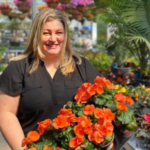

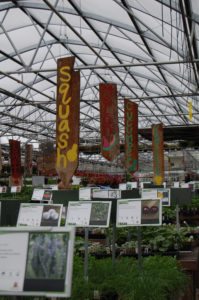

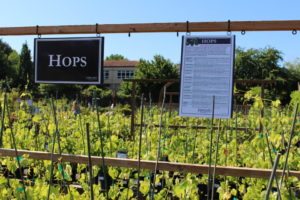
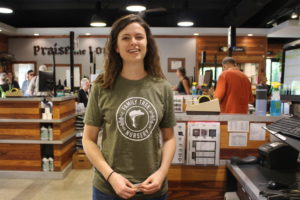
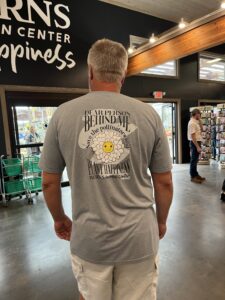
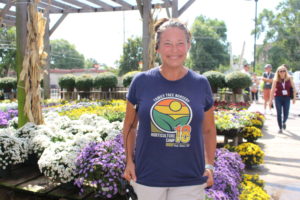
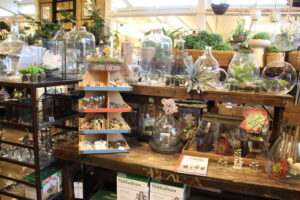
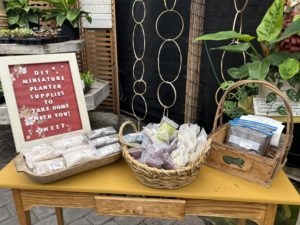

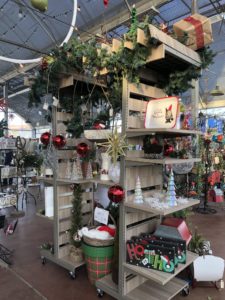

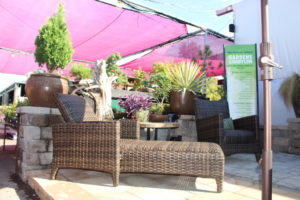
 Videos
Videos





